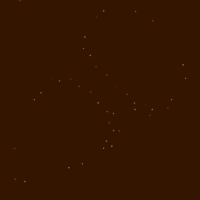Some very general questions:
1) Why was this particular polynomial set as the one iterated?
z_{n+1}=z_n^2+c
(http://en.wikipedia.org/wiki/Mandelbrot_set)
2) I read that the Set, with the characteristic shape ( http://en.wikipedia.org/wiki/File:Mandel_zoom_00_mandelbrot_set.jpg ) is the collection of all the points for which it still holds true that the series created by the iteration of X (ie x, F(x), F(F(x), F(F(F(x) and so on) will remain bounded, which means that it will not escape to infinity. I can see why the series (which involves complex numbers) remaining bounded is significant, but what is the special math significance of an iterated series regardless of complex numbers or not?
*
Thanks in advance for any help with the two questions. I suppose i will read more of this, but the first question is by far the one i mostly would like a specific answer to

1) Why was this particular polynomial set as the one iterated?
z_{n+1}=z_n^2+c
(http://en.wikipedia.org/wiki/Mandelbrot_set)
2) I read that the Set, with the characteristic shape ( http://en.wikipedia.org/wiki/File:Mandel_zoom_00_mandelbrot_set.jpg ) is the collection of all the points for which it still holds true that the series created by the iteration of X (ie x, F(x), F(F(x), F(F(F(x) and so on) will remain bounded, which means that it will not escape to infinity. I can see why the series (which involves complex numbers) remaining bounded is significant, but what is the special math significance of an iterated series regardless of complex numbers or not?
*
Thanks in advance for any help with the two questions. I suppose i will read more of this, but the first question is by far the one i mostly would like a specific answer to




